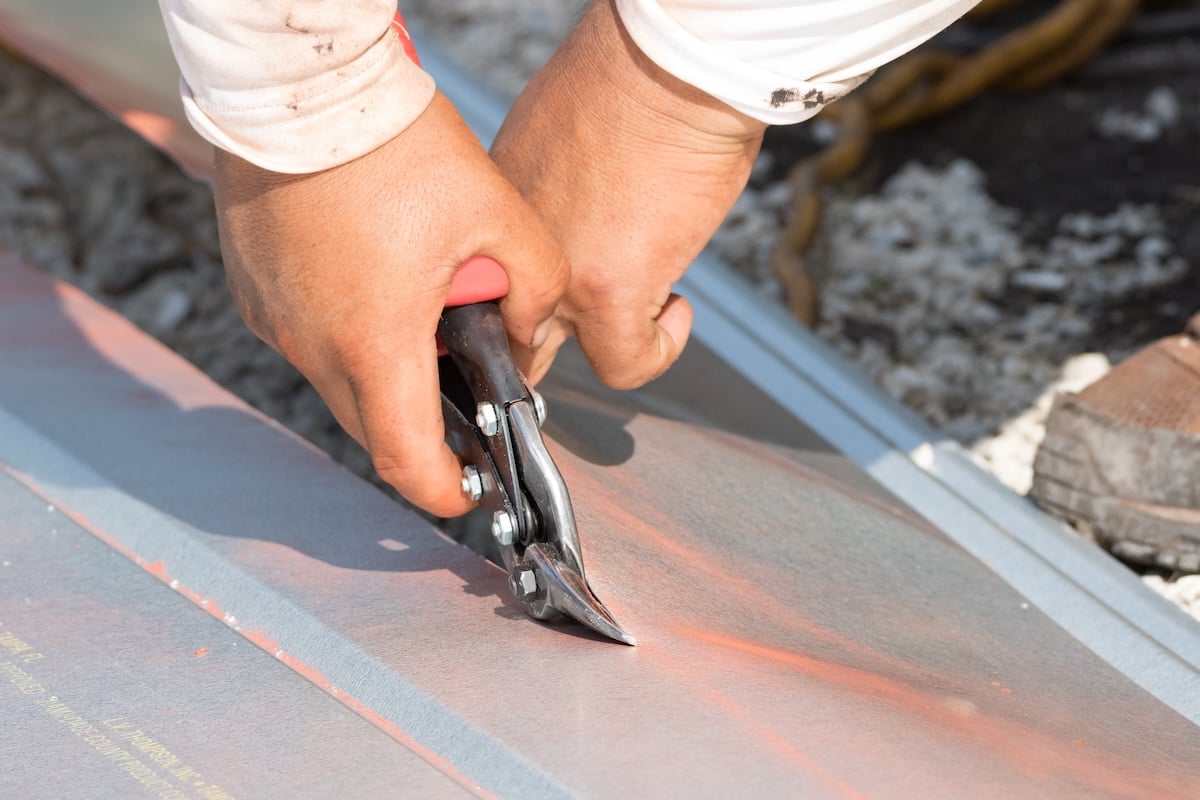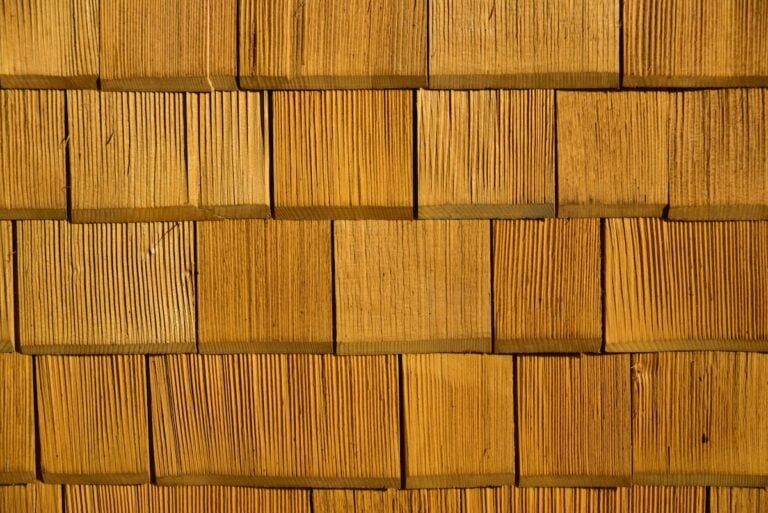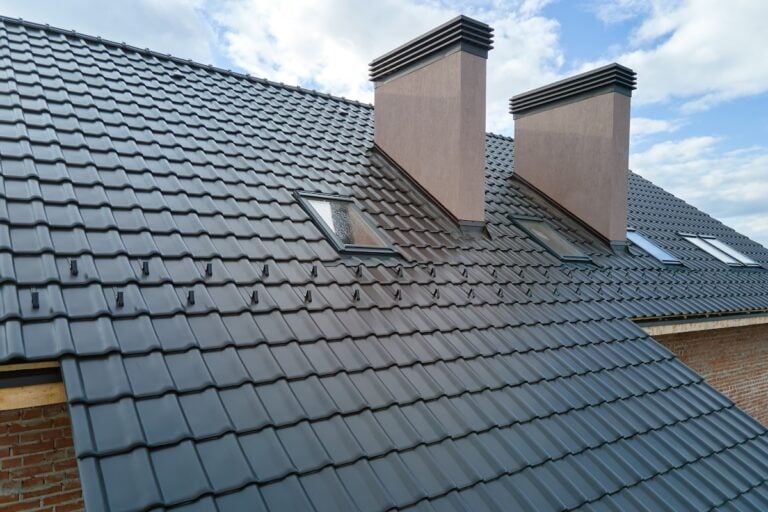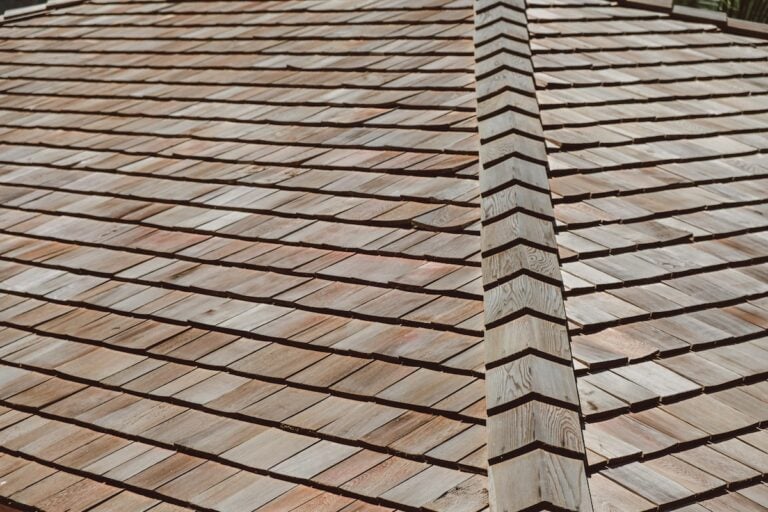Having the right vinyl siding tools makes all the difference when it comes to performing successful DIY repairs on your home’s exterior. Whether you’re fixing a cracked panel or replacing a warped section, the proper tools ensure the job is done efficiently, safely, and without damaging surrounding materials.
- Essential for long-term durability: The right tools reduce the risk of improper installation or breakage.
- Saves time and frustration: Specialized tools streamline tricky parts of the siding repair process.
- Professional-quality results: You can achieve clean lines and secure fits without hiring a contractor.
In this blog, we’ll walk you through the nine most useful vinyl siding repair tools, what they’re used for, and why they belong in every homeowner’s tool kit.
❗️ Why Tools Matter for Vinyl Siding Repairs
Vinyl siding might seem simple to snap into place, but precision is key to long-lasting performance. Using the wrong tools can lead to warped panels, poor seals, and exposed fasteners that invite water damage.
With the right approach and a little patience, you can take on many siding repair tasks yourself. But it all starts with understanding which tools are designed specifically for the job. Using the wrong tools can make existing issues worse, especially when dealing with common siding problems like mold buildup.
📋 The 9 Best Vinyl Siding Tools for Home Repairs
From unlocking panels to making clean cuts, these tools help ensure a smoother and safer repair process. Here are the essentials every homeowner should have on hand.
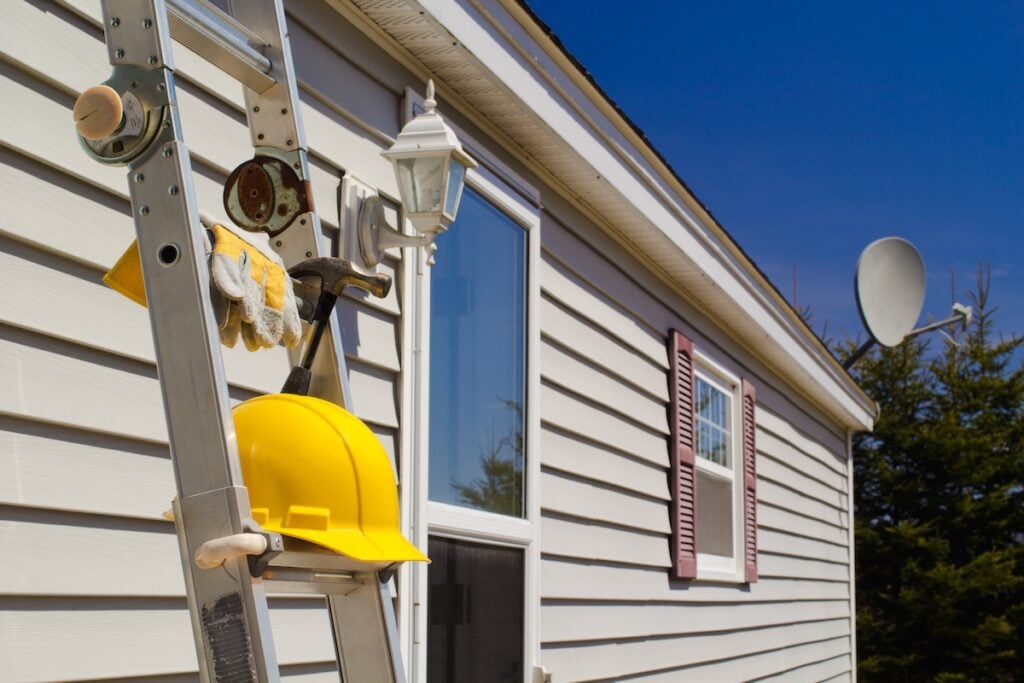
1. Vinyl Siding Removal Tool (Zip Tool)
- Purpose: Unlocks interlocked siding panels without damage
- Why you need it: This small, hook-shaped tool is essential for popping panels loose and reattaching them once the repair is complete. It allows you to lift the bottom edge of a vinyl panel without cracking it.
2. Snap Lock Punch
- Purpose: Creates tabs in siding panels for secure locking
- Why you need it: When trimming panels to size, this tool punches lugs (small tabs) that grip the receiving channel. It keeps cut edges locked in place without nails.
3. Nail Slot Punch
- Purpose: Creates elongated nail slots in cut siding
- Why you need it: Siding expands and contracts with temperature changes. This tool ensures your fasteners don’t restrict that movement, preventing buckling or warping.
4. Tin Snips or Aviation Snips
- Purpose: Cleanly cut vinyl panels to length or shape
- Why you need it: Tin snips are excellent for straight or curved cuts. For DIYers, they’re more accurate and easier to control than power saws, which can crack brittle vinyl.
5. Utility Knife
- Purpose: Scores and snaps vinyl for precise edge work
- Why you need it: Great for scoring thinner panels or making shallow cuts near trim areas. Always use a sharp blade and a straight edge for cleaner results. A sharp blade is essential, but for step-by-step guidance check out our guide on how to cut vinyl siding.
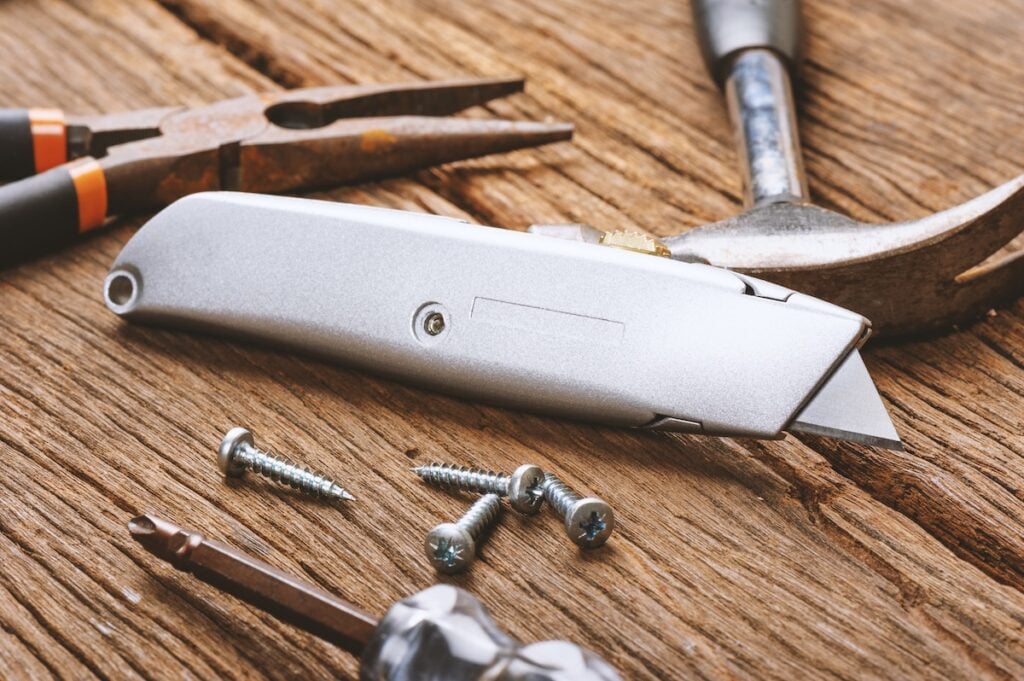
6. Hammer or Roofing Nailer
- Purpose: Secures panels and trim pieces with siding nails
- Why you need it: Choose a smooth-faced hammer or pneumatic siding nailer with adjustable depth control. Avoid overdriving nails—vinyl needs room to expand.
7. Level and Chalk Line
- Purpose: Ensures straight rows and accurate alignment
- Why you need it: Even one crooked row can throw off an entire wall. A level and chalk line keep everything aligned during replacement or patching.
8. Tape Measure
- Purpose: Measures panels, spacing, and gaps accurately
- Why you need it: Precision is critical when cutting replacement pieces or lining up siding sections. An accurate tape measure eliminates guesswork.
9. Drill/Driver or Screwdriver
- Purpose: Attaches trim and accessory pieces
- Why you need it: While siding is usually nailed, trim pieces or J-channels may be screwed into place. A cordless drill makes it quick and easy.
✅ Bonus Tools to Consider
If you plan to tackle multiple repairs or larger sections of siding, a few extra tools can improve safety and efficiency. These aren’t essential, but they can make the process easier.
- Siding gauge: Holds panels in place while you nail, especially helpful for solo work.
- Circular saw with fine-tooth blade: Speeds up straight cuts on multiple panels—just make sure to cut slowly and wear safety gear.
- Caulking gun: Helpful for sealing around windows, doors, or transitions after a repair. Use only paintable, exterior-grade caulk.
⭐️ Tips for Using Vinyl Siding Tools Safely
DIY siding repair can be straightforward, but safety should always come first. Follow these basic precautions every time you get on a ladder or handle tools. If you’d rather avoid ladders altogether, our team provides professional siding repair services in Arlington.
Check the Weather First
Always work on siding during dry, mild weather. Cold vinyl becomes brittle and more prone to cracking, while hot days can cause the panels to expand, leading to tight fits that may later buckle.
Use Protective Gear
- Gloves: Protect your hands from sharp panel edges or tools.
- Safety glasses: Keep debris or siding chips out of your eyes when cutting or punching holes.
- Stable ladder: Choose a ladder rated for your weight and have someone hold it steady if possible.
❌ Common DIY Mistakes to Avoid
Even with the right vinyl siding tools, it’s easy to make mistakes if you’re rushing or unfamiliar with the process. Being aware of these missteps can help you avoid costly do-overs.
Overdriving Nails
When nails are hammered too tightly into the panel slots, the siding can’t expand or contract. Always leave a small gap between the nail head and the vinyl.
Skipping the Starter Strip
Trying to install a single panel without a starter strip can lead to sagging and poor alignment. Always start repairs from the bottom up with proper anchoring. Skipping essentials like the starter strip often leads to sagging—something our expert siding replacement in Fairfax team corrects every day.
Forgetting to Stagger Seams
If you’re replacing multiple panels, don’t align vertical seams in a straight line. Staggering them improves appearance and structural strength.
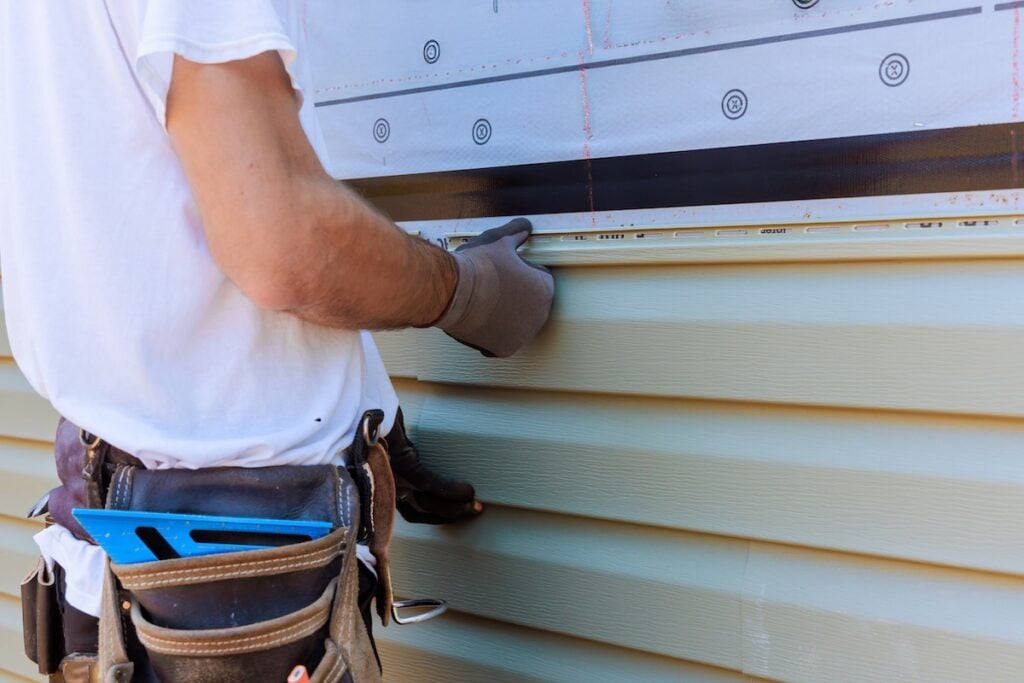
📞 When to Call a Professional Instead
DIY repairs are ideal for small cracks or a few replacement panels. However, some siding issues are best left to experienced contractors. For bigger jobs or signs of water damage, trust Springfield Roofing for vinyl siding repair in Alexandria.
If you see signs of water damage beneath the siding, persistent warping, or widespread color fading, a full inspection may be needed. Springfield Roofing & Sheet Metal offers expert vinyl siding repair and replacement services throughout the area.
🛠️ Be Ready for Your Next Vinyl Siding Fix
Having the right vinyl siding tools on hand empowers you to take on small repairs with confidence. From unlocking damaged panels to cutting replacements with precision, these tools make DIY siding projects safer, faster, and more professional-looking.
When the job gets bigger—or when you’d rather not climb a ladder—Springfield Roofing & Sheet Metal is here to help. Our team delivers fast, reliable vinyl siding repair using high-quality materials and skilled installation. Contact us today to schedule your siding project or ask for expert advice on your next repair project.


